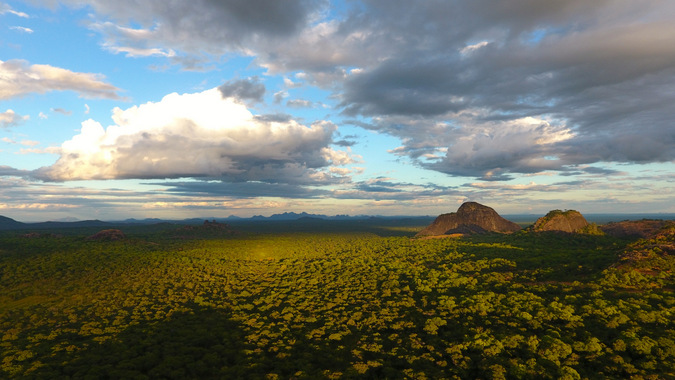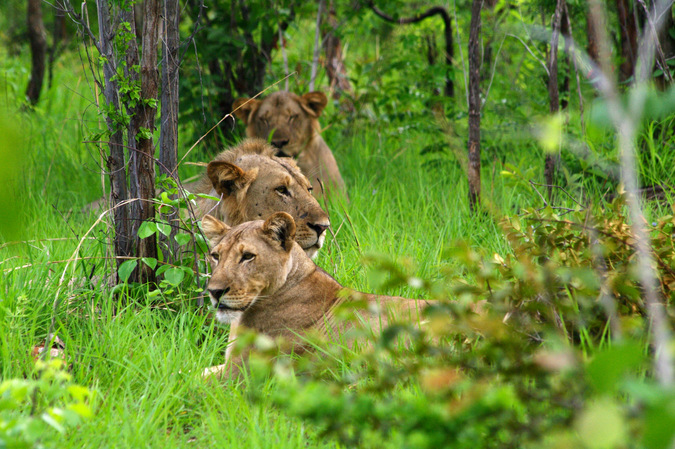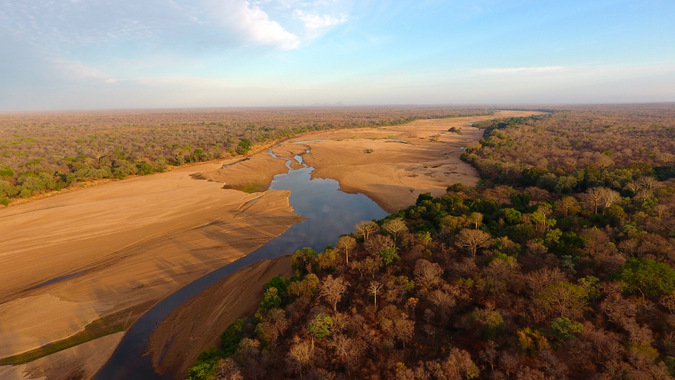
The vast and remote Niassa National Reserve in northern Mozambique is a sprawling mass of miombo woodland, savannah, granite inselbergs, wetlands, river floodplains and riverine forest. Despite its remote location, the hand of man impacts heavily on this wilderness.
A recent study by James R Allan et al, published in the PARKS Journal, found that some 108 km² of forest has been destroyed between 2001 and 2014, which is almost 1% of the 42,000 km² protected area. The reserve has also suffered at the hands of commercial poaching, with elephant populations plummeting by more than 70%. In 2012 there were 12,000 elephants; in 2016 only 3,500 remained.
Most encouragingly, the report suggests that Niassa still has the potential to support tens of thousands of elephants and 1,000 lions, as the vast majority of the ecosystem is intact.

The 1% loss of forest within the reserve over the 14-year study period is lower than losses in neighbouring regions (2%) and the two northern Mozambique provinces (5.7%) during the same period. Most of the losses occurred due to agriculture and settlement along roads.
Although forest loss is always a source of concern, the relatively low percentage loss in this instance is good news in the broader African context, where forest loss is five times the global average. The authors report that Niassa’s protected area status has helped save it from large-scale land clearing that has plagued outside areas, despite the fact that that forest governance in Mozambique is generally weak.
Niassa National Reserve is Mozambique’s largest protected area, spanning 42,000 square kilometres, and is home to approximately 40,000 people legally living in 40 villages within its boundaries. These isolated people have no access to jobs and have historically eked out a subsistence lifestyle from the bush. They fish, gather honey and hunt for bushmeat, skins and ivory. They also grow tobacco and food crops, which are raided daily by wild animals. Villagers are frequently attacked and sometimes killed, by crocodiles, hippos, elephants and lions.

The study found that the reserve’s diverse miombo woodland habitat is still intact, and with proper investment in best practice management could support large assemblages of megafauna. Though rampant poaching has impacted wildlife – particularly elephants – residual wildlife populations could recolonise.
Other threats to Niassa include artisanal mining, land-use change, bushmeat poaching, commercial poaching, wildfires, climate change, and selective logging.
The authors say that given the potentially substantial benefits to biodiversity conservation and broader societal goals, investing in the effective management of Niassa should be a global conservation priority. There are very few places remaining on the planet that can hold populations of large wildlife in the tens of thousands, and Niassa Reserve, with its connection to Selous Game Reserve in southern Tanzania, is one of these places.
The full report: PARKS Journal, James R. Allan, Falk Grossmann, Rob Craig, Alastair Nelson, Joseph Maina, Kathleen Flower, James Bampton, Jean-BapƟste Deffontaines, Cornelio Miguel, Baldeu Araquechande and James E.M. Watson: “Patterns of forest loss in one of Africa’s last remaining wilderness areas: Niassa National Reserve”

To comment on this story: Login (or sign up) to our app here - it's a troll-free safe place 🙂.![]()








